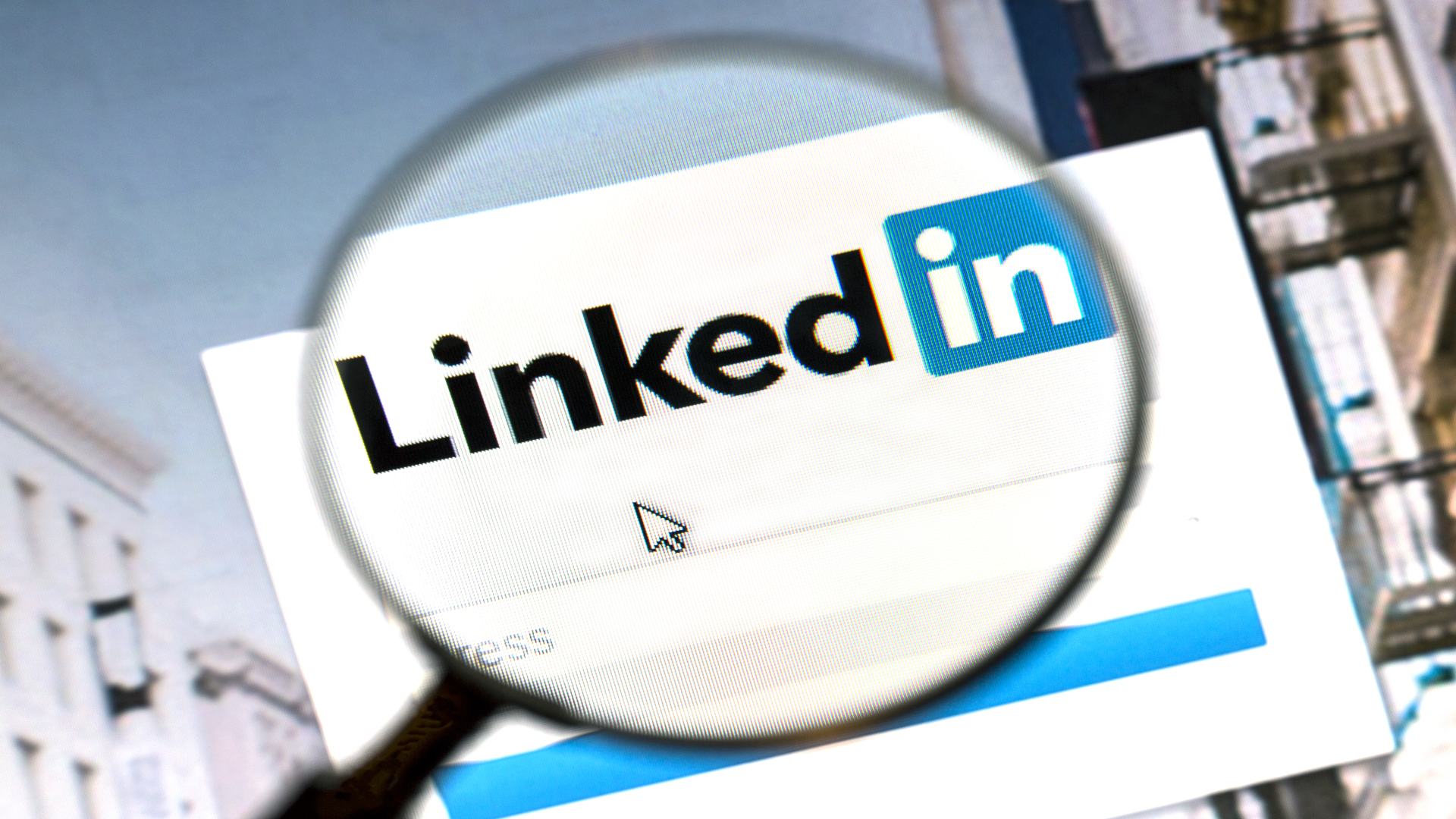Statistics show that 675 million people throughout the world use LinkedIn. Not only that, but 167 million of them are in the US. What's more—30 million of those users are businesses.
When it comes to B2B prospecting for new business on social media, LinkedIn is the best place to connect with other business owners.
Unlike Facebook and other social platforms, everyone on LinkedIn is there to network, explore partnerships, and find business opportunities and new ventures. It's probably not that surprising then that 97 percent of marketers use LinkedIn as part of their B2B marketing strategy.
Why use LinkedIn for business? When it comes to B2B marketing, you want to make sure you're on the right platforms. Here's how to use LinkedIn in your B2B marketing strategy.
LinkedIn Strategy and Analytics for B2B Marketing
Building a successful B2B marketing strategy is a combination of researching and defining your goals, knowing who your audience is and where to find them, then providing great information. LinkedIn offers business analytics connected to the company page that gives you insight into your visitors' and followers' demographics, likes, shares, comments, mentions—and more.
Understanding how to use these insights can help improve your B2B marketing on LinkedIn.
First, find out what kind of reach you have by digging into how many likes, shares, comments, and mentions your business gets on the platform. You can increase engagement by making sure to respond to comments. Additionally, join LinkedIn Groups that cater to your industry and engage with other members.
It's essential to have a clear understanding of who you want to reach. Maybe you want to find out who's in your audience, currently. With LinkedIn Analytics, you can find out things about your visitors such as industry, the size of the company, their job function, and seniority level as well as where they live.
The key in how to use data is to align the numbers with goals. For example, if you're seeking a specific audience, you can use the analytics to inform the type of content you offer on LinkedIn.
How to Grow Your Followers
Use the demographic information to help define your audience and create buyer personas such as Mary Jones, Purchasing Manager, XYZ Company with 500 employees. Mary is 50 years old and lives in Seattle, Washington. The company she works for provides tech services.
Perhaps Mary is your perfect buyer. The next question is how to best reach her.
Post Content and Become a Thought Leader in Your Industry
Increase brand recognition and become a thought leader in your industry by using the LinkedIn dashboard to conduct industry and competitor research and for social listening.
Companies to Track is a LinkedIn comparison analytic tool to help you gain insights on what works for your competitors, such as their post frequency and audience engagement. Find out what content generates the most engagement and write posts and articles that rival those of your competitors.
Also, include a link to your company page throughout your marketing content, and add a Follow Button to your LinkedIn page. Adding a link to your email signature, blog, and business cards is also an excellent way to generate more leads.
Posting content daily on LinkedIn provides an online presence outside of your website that will help grow your audience. It also offers more opportunities to develop evergreen content that will rank your business higher on search engines.
Boost the Power of Your Company Page: LinkedIn Best Practices
The key is in the content, just the same as your website, blog, and other social pages. So make sure that you fill in all the blanks on your LinkedIn company page.
Follow these LinkedIn company page best practices, and you'll see results of up to 30 percent more weekly views.
Company Description: About Us
Here's an opportunity to let interested prospects know what your company does and what they can expect from partnering with your business. Make sure the information is compelling and provide your audience with a clear understanding of the products and services you offer.
It helps to ask some questions as you're developing your company's description. What's your company's vision? How do you express its core values? Can you think of three words to succinctly describe your brand?
What is it that makes your company stand out from its competition?
You might want to include a section about who benefits from your products, turn-around time, your process, and locations. Make it easy for prospects to visit your website with a direct link, and to contact customer service with a listed phone number included in the company description.
Logos and Cover Images
Additionally, logos should be 300 by 300 pixels, and cover images should come in at 1536 by 768. It's vital to get the right-sized images for a professional-looking page.
Don't Forget the Details
The more information that you include, the more trustworthy your company appears to its audience. Filling in all the details such as website, physical location, industry, and company size all add to your searchability on LinkedIn, as well. You can also use hashtags to take advantage of the niche groups on the platform.
Find your hashtags and explore those pages to get in on the conversation.
Leverage the Benefits of LinkedIn
Isn't it time that you leveraged the power of your LinkedIn company page in your B2B marketing strategy? Make it robust and add content daily. Also, don't forget to add the Follow Button as it's a built-in call to action.
Do you need more ideas on B2B marketing? Check out our blog at ProSales Connection!
Are you wondering how to leverage your marketing data into sales for your company? Get in touch with the professionals at ProSales Connection, and we'll collaborate with your teams to build integrated programs that drive new business to your organization.







